- Excellent ride and handling balance
- Grunty and efficient 2L twin-turbo diesel
- Cabin quality is great
- Pretty expensive
- A V6 diesel would be better
- New generation due next year
While it’s – unfortunately – not made in Australia, we consider the Ford Ranger to be an Australian hero. Developed by Ford Australia engineers for the world’s consumption, the Ranger has been developed for Australian roads and Australian drivers and the sales results show that buyers largely agree – it regularly does battle for the top sales spot with the all-conquering Toyota HiLux. It’s also comfortably the best-selling Ford locally – it outsells all other Ford products combined in Australia. An all-new Ranger is due next year, but is there life in the current model? We tested the 2021 Ford Ranger Wildtrak X to find out.
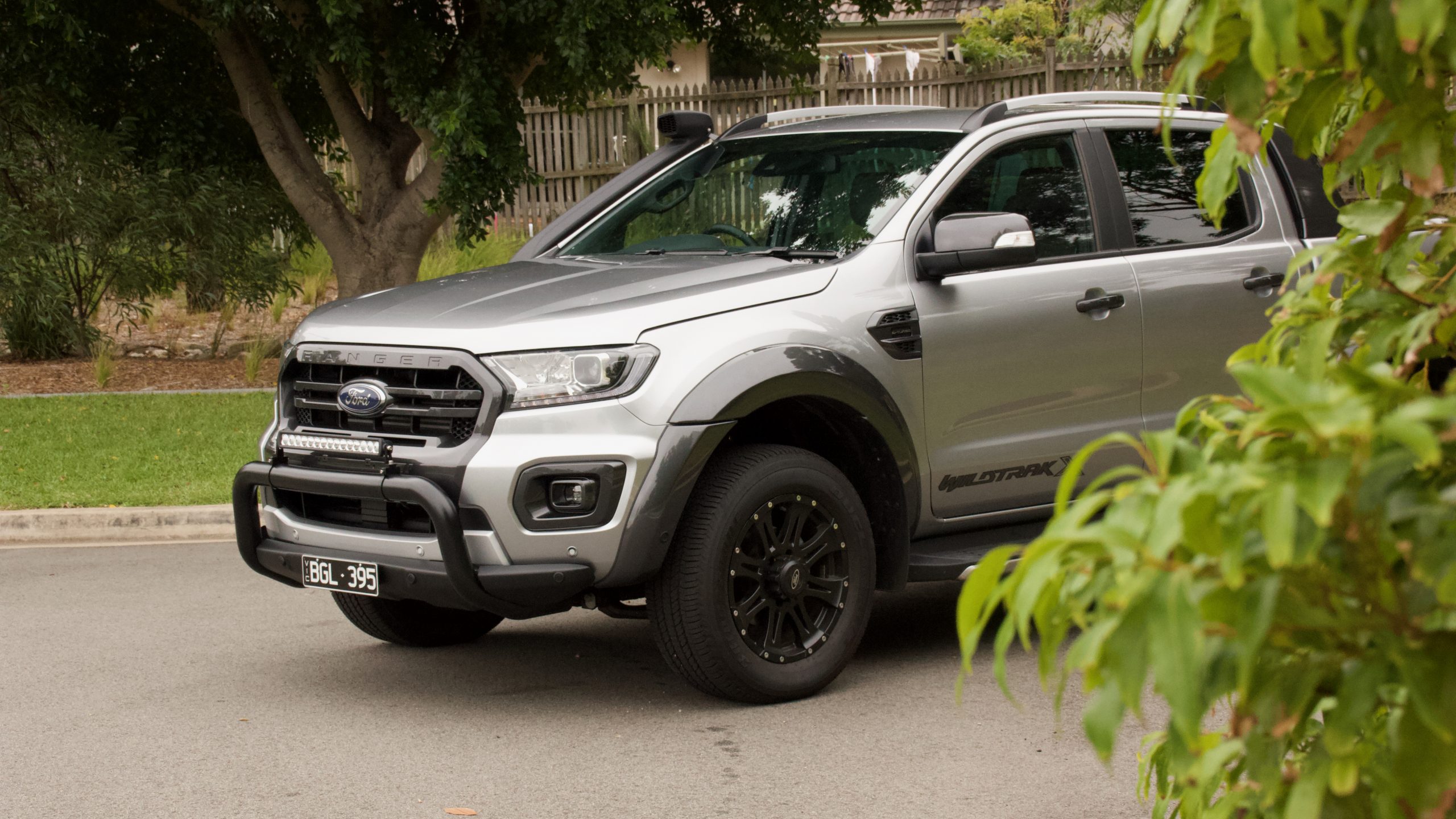
Sitting atop the regular Ranger range – just the Ranger Raptor sits above it and stay tuned for that review. iIs the Wildtrak X, which is a limited edition to the range. It’s based on the formerly top-spec Wildtrak and packs the Ranger with pretty much everything it’s possible to pack into a Ranger, including accessories such as an LED light bar, wheel arch flares and black exterior detailing. Like other ute lineups, the Ranger offers more than 30 individual models – we think the Wildtrak X competes with the Toyota HiLux Rogue and Isuzu D-Max X-Terrain.
Price & Equipment: 7/10
While 2021 Ford Ranger pricing starts at $31,990 drive away, we tested the (almost) top of the range Wildtrak X, which is priced from $67,990 plus on-road costs ($72,290 drive away) including the $2,000-extra 2.0-litre twin-turbo diesel engine option. Priced $2,200 more than the regular Wildtrak, extra kit for the Wildtrak X includes black leather upholstery with orange accents, black detailing for the exterior including the wheel arch flares, the grille, front and rear lower bumper trims, mirror caps, roof rails and tailgate handles, as well as a front nudge bar, a 20.5-inch LED light bar, black side steps, Wildtrak X badging and unique black 18-inch wheels.
That’s on top of the equipment offered by the Wildtrak, including bi-LED headlights with LED daytime running lights, auto lights and wipers, keyless entry and start, heated and electric-folding mirrors, an 8.0-inch touchscreen with Apple CarPlay and Android Auto, inbuilt satellite navigation, digital radio, a six-way electrically adjustable driver’s seat with lumbar adjustment, heated front seats, multi-colour ambient lighting, a leather steering wheel, handbrake and gearknob, dual-zone climate control and a power roller shutter for the tray.
Safety kit includes six airbags, auto emergency braking (AEB) with pedestrian detection, adaptive cruise control, lane departure warning with lane keep assist, traffic sign recognition, automatic parking, auto high beam, front and rear parking sensors, a reversing camera and driver attention monitoring. Blind-spot monitoring, rear cross-traffic alert and auto reverse braking are currently unavailable.
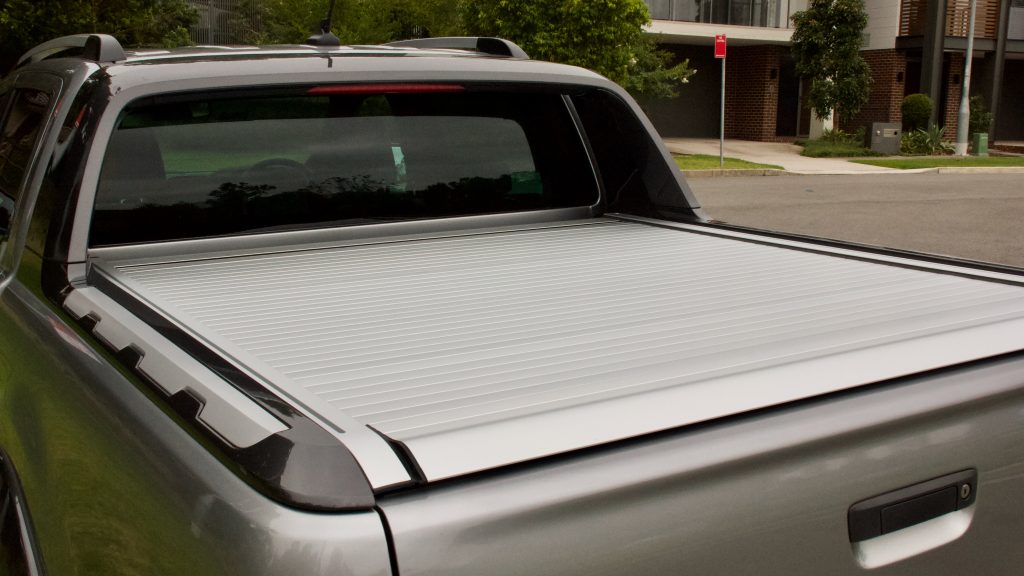
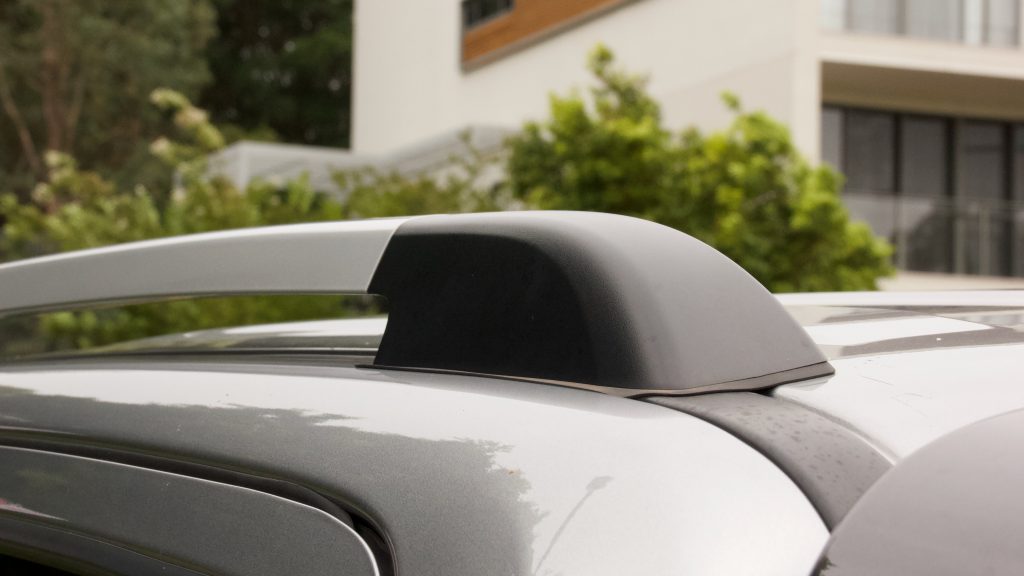
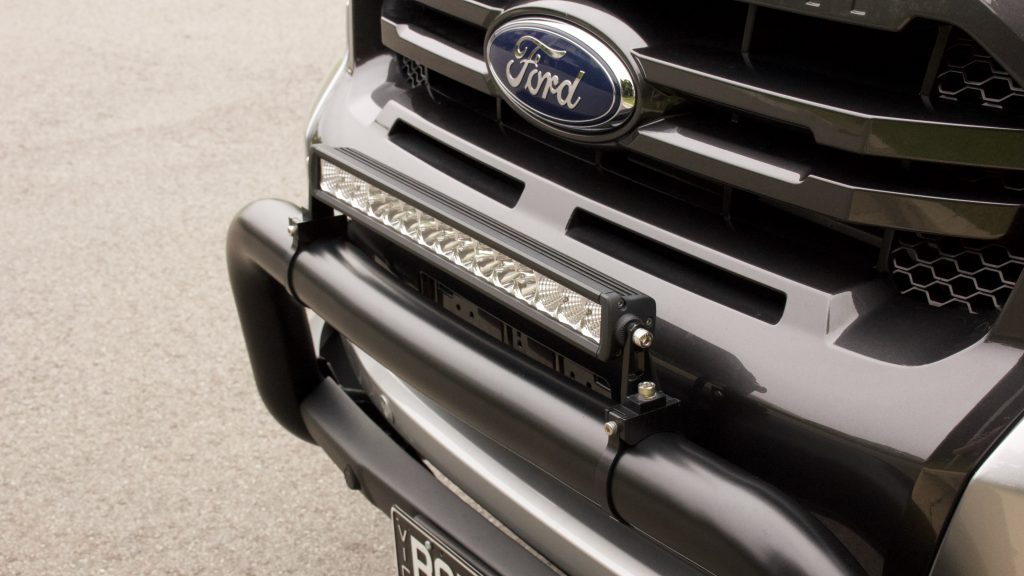
We consider the $62,900 +ORC (though $59,990 drive away permanently) Isuzu D-Max X-Terrain and $68,990 +ORC Toyota HiLux Rogue to be the closest rivals to the Ranger Wildtrak X in terms of performance, off-road capability, standard equipment and ownership credentials. The D-Max is the clear value winner though, with more safety credentials such as eight airbags and blind-spot monitoring, as well as kit like a larger 9-inch screen with wireless Apple CarPlay and Android Auto across the range – and for a full $13,000 less than the Wildtrak X.
Performance & Fuel Economy: 8/10
While you can get the 2021 Ford Ranger Wildtrak X with a 147kW/470Nm 3.2-litre five-cylinder turbo-diesel, our test car was fitted with the significantly newer and $2,000 more expensive 2.0-litre twin-turbo diesel that’s matched to a 10-speed automatic transmission as standard. The 2.0L diesel is the punchiest four-cylinder engine available in a ute in Australia with 157kW of power and a strong 500Nm of torque – 17kW/50Nm more than the D-Max and 7kW more than the HiLux.
Ford claims 7.4L/100km on a combined cycle, which is excellent for the ute segment, and we got 8.8L/100km in our testing – and it emits 195g/km of CO2 against 8.9L/100km and 234g/km for the larger and cheaper 3.2L engine. The D-Max, for reference, uses 8.0L/100km combined and the HiLux Rogue 8.4L/100km.
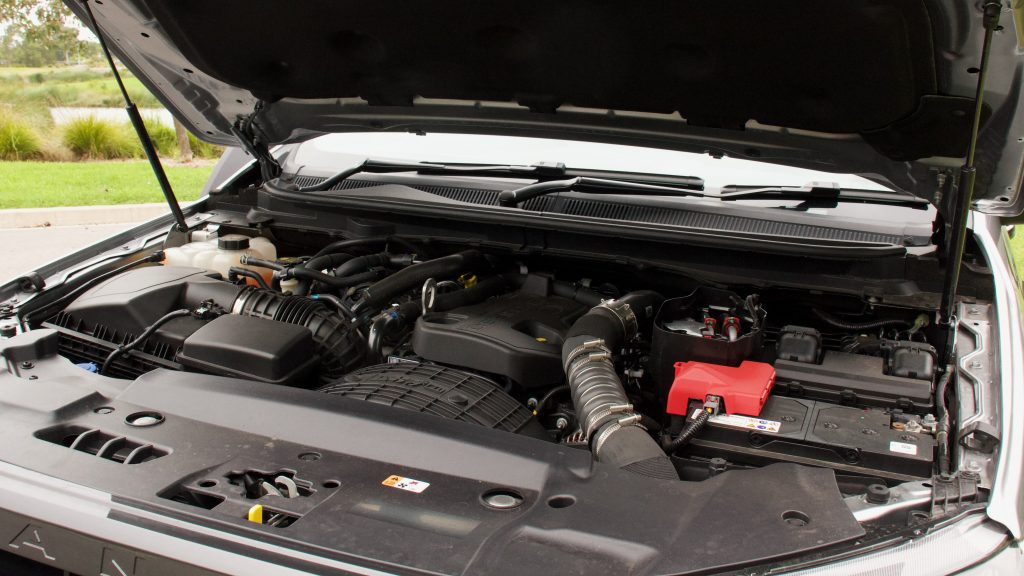
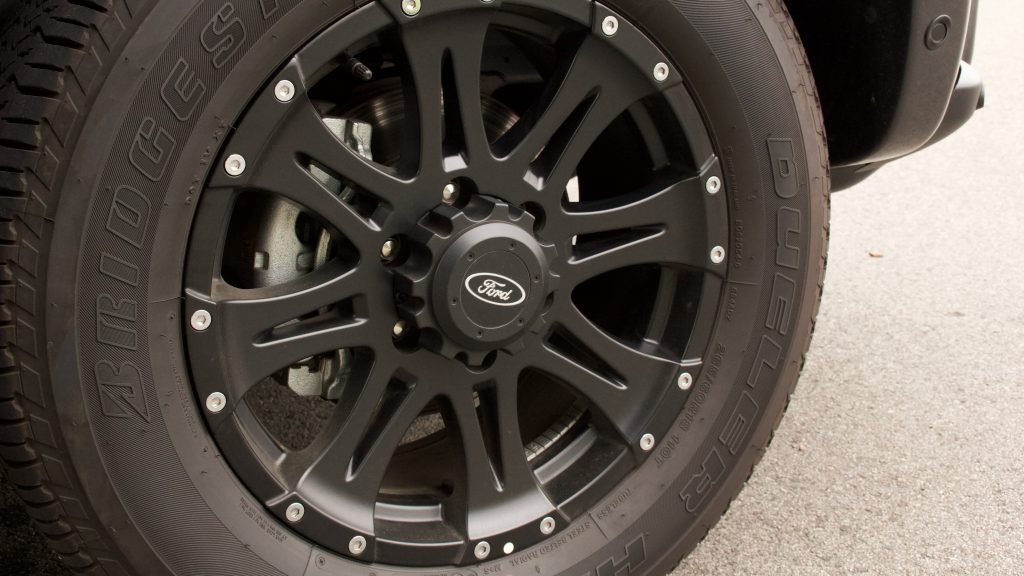
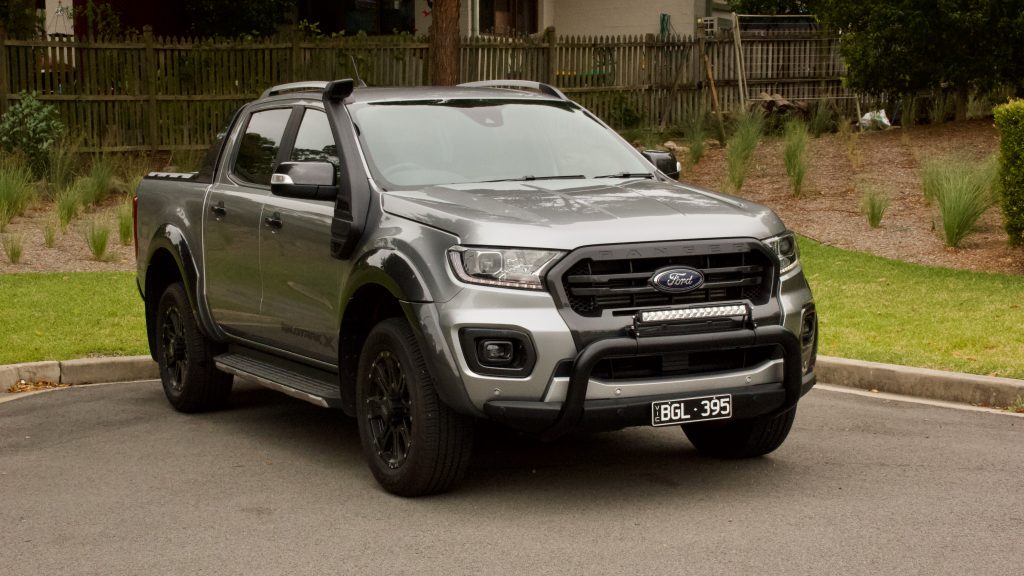
So which engine should you pick in your Ford Ranger? When choosing an engine in the Ranger, we’d definitely pick the optional 2L diesel. It’s nothing amazing, but it’s got surprising muscularity and it moves the Ranger well. Under normal driving, it’s not the quietest engine either – like its four-cylinder diesel competitors – but it’s an entirely likeable engine. We’d love a V6 diesel like in the Volkswagen Amarok, but that’s reportedly in development for the next generation Ranger that’s apparently due next year – we can’t wait for that!
Standard on the bi-turbo diesel engine is a 10-speed automatic transmission, which is intuitive and responsive to driver inputs. Where the 10-speed helps the Ranger further is off-road, where its close ratios help get the most out of the strong 500Nm of torque. We expected it to feel like too many gears, but it felt remarkably like a lesser-geared transmission and the benefit of having so many gears is that at highway speeds, it cruises at very low revs, which helps fuel economy.
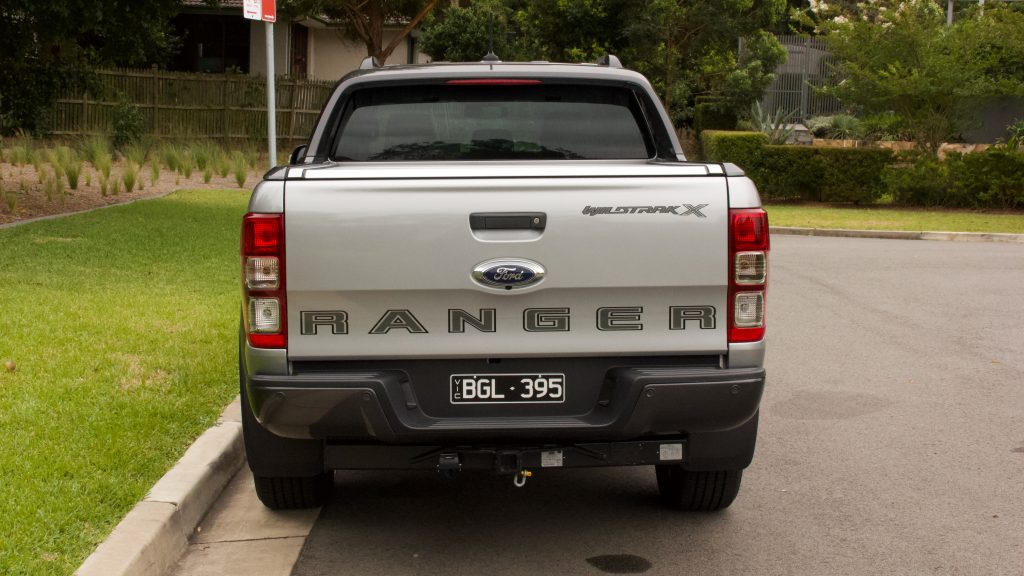
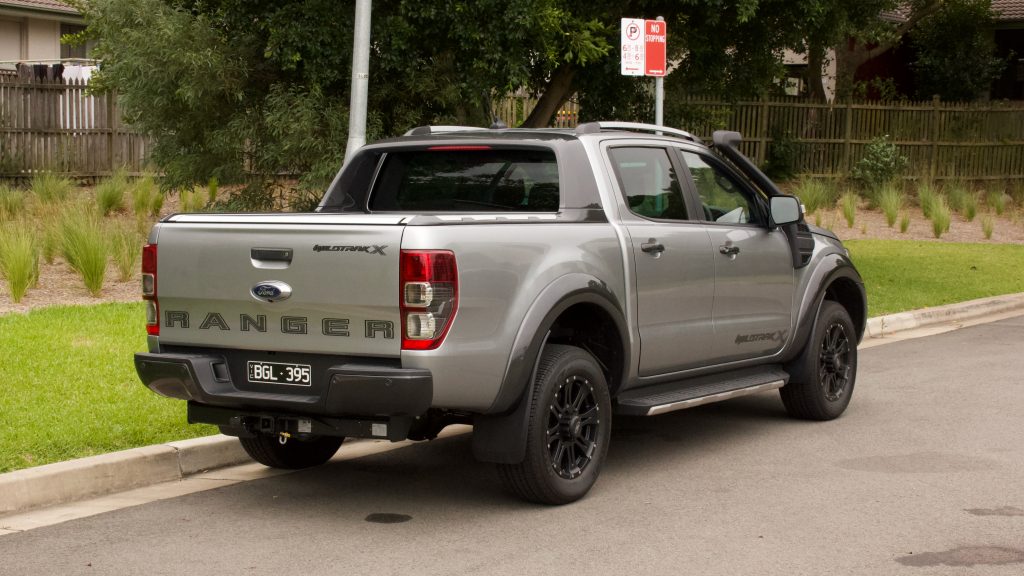
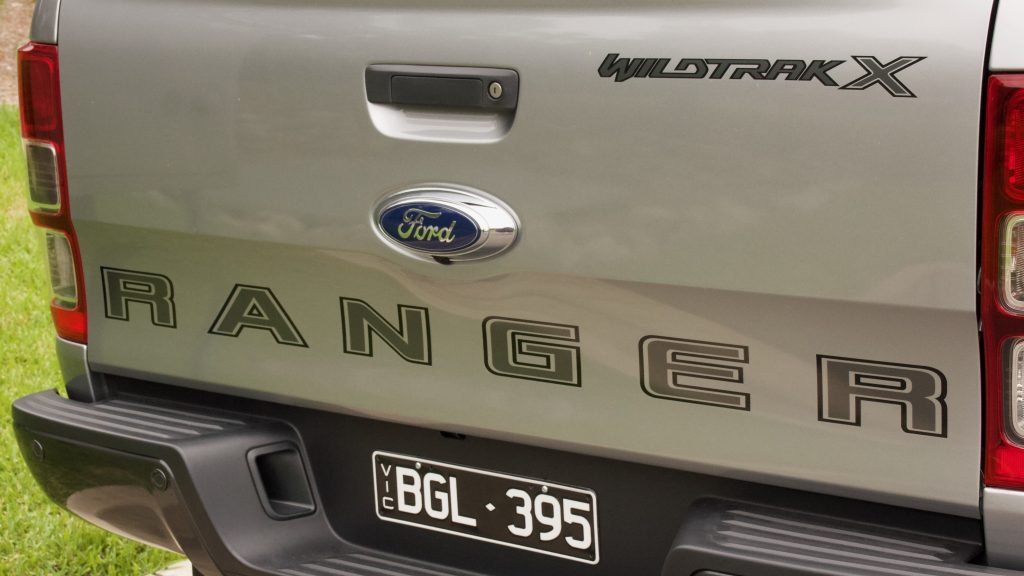
When it comes to towing, the Ranger Wildtrak X can tow 3500kg braked and it has a listed payload of 954kg. Its GVM (gross vehicle mass) is 3,200kg and its GCM (gross combination mass) is a full 6,000kg.
Ride & Handling: 9/10
This is where the 2021 Ford Ranger Wildtrak X shades its competitors: it’s Australian-developed, and it shows with easily the most compliant and car-like ride in the ute segment. Even the steering features more precision than any other ute and the Ranger’s outstanding dynamics (for a ute) are even better when you consider that it’s been around for almost a decade.
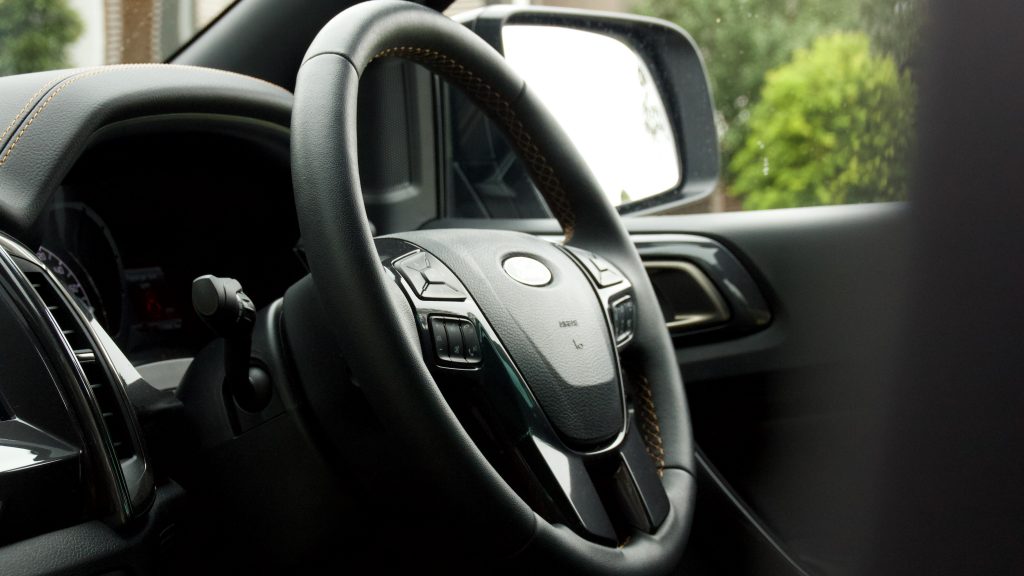
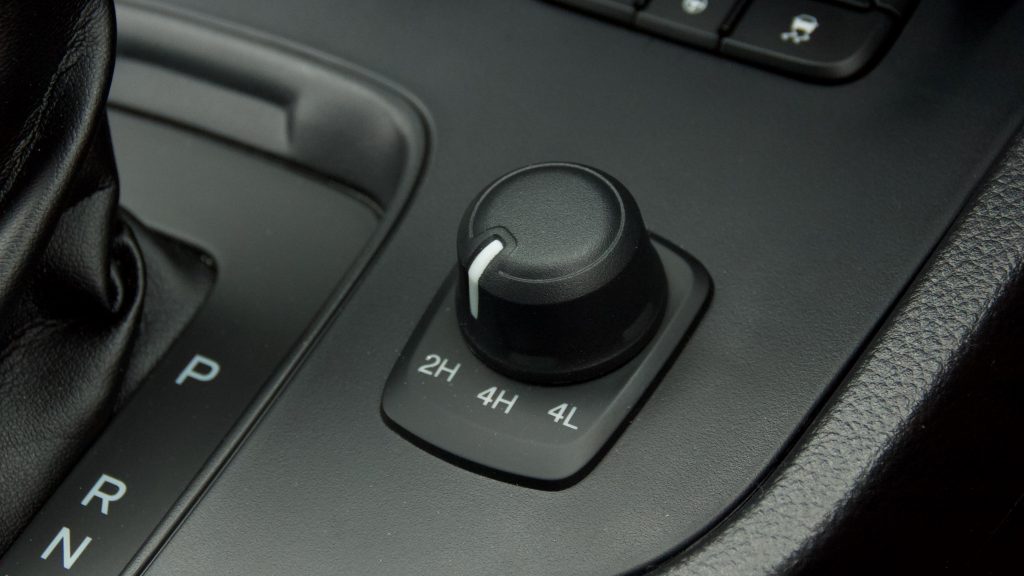
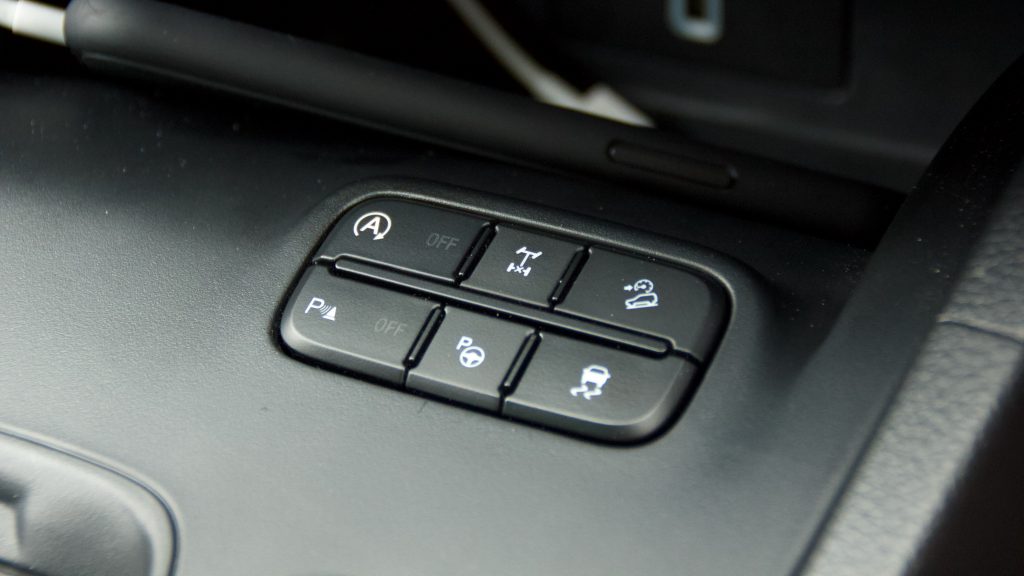
Despite featuring a leaf-spring rear end, the Ranger is easily the most comfortable ute to drive with a compliant and comfortable ride, even unloaded. Utes aren’t typically vehicles that you chuck around – on the road , at least – but the Ranger is surprisingly fun to drive with quick steering and reasonable handling as well.
We didn’t get a chance to off-road the Ranger but previous experience with them off road shows that they are very accomplished vehicles when it comes to pounding the rough stuff. Featuring high- and low-ratio gearing, hill descent control, ground clearance of 237mm and 29- and 21-degree approach and departure angles, the Ranger will likely satisfy off-road. We’d change the more on-road-focused Bridgestone Dueler H/T 684II (265/60R18 110T) tyres to an all-terrain unit though should your driving be more off-road focussed.
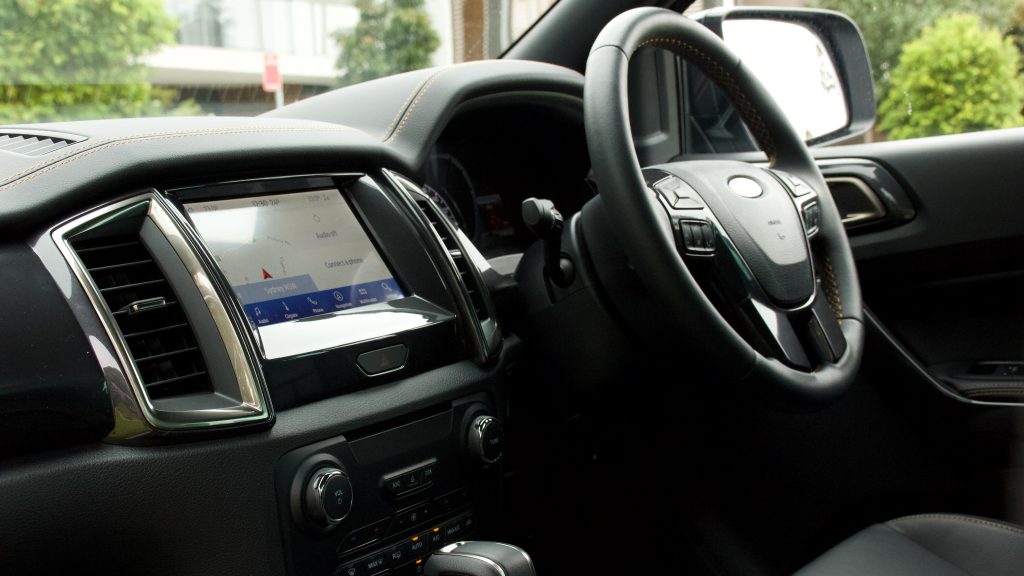
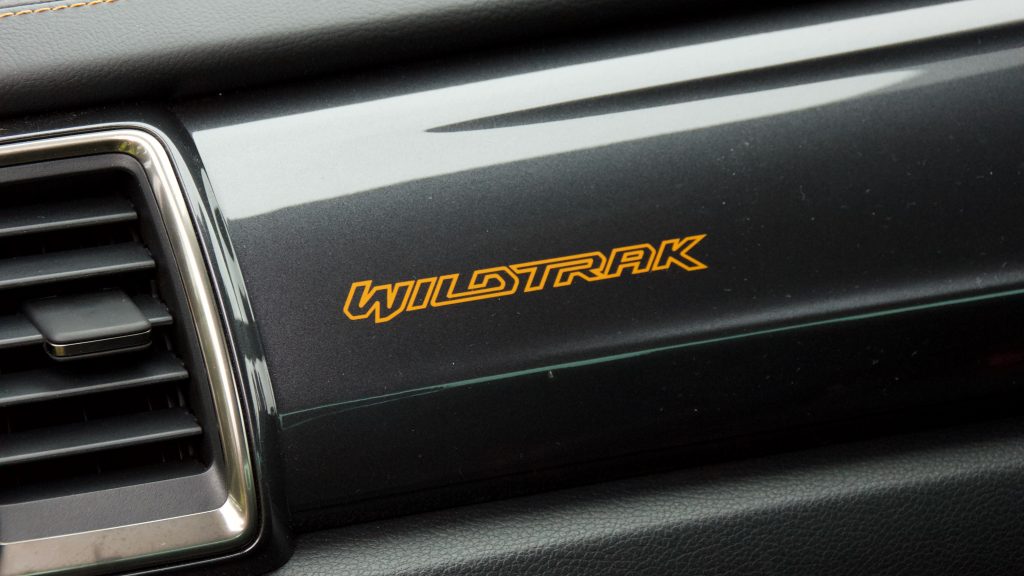
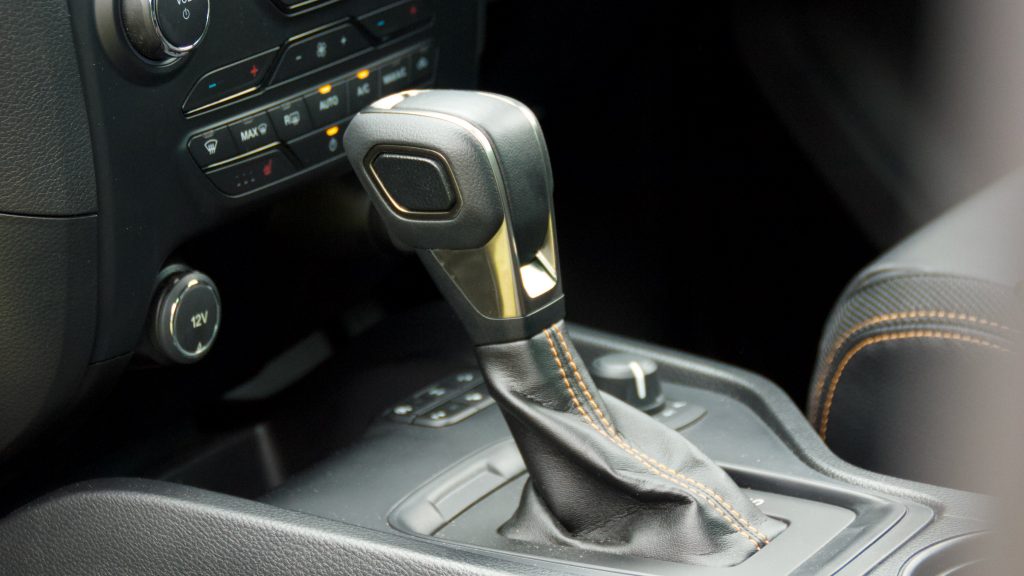
Visibility in the Ranger’s cabin is not bad either, though like most utes, reversing visibility is not amazing – thankfully the reversing camera is of excellent quality. It’s definitely not a small vehicle at 5,446mm long, 1,977mm wide, 1,848mm high and with a wheelbase of 3,220mm – 166mm longer, 97mm wider, 38mm taller and with a 95mm-longer wheelbase than the D-Max. Behind the wheel, we think the Ranger is best in class.
Interior & Practicality: 8/10
Since its mid-life update, the 2021 Ford Ranger Wildtrak X’s cabin has been the benchmark in the ute segment – at least until the Isuzu D-Max and Mazda BT-50 twins arrived on the scene in 2020. Ergonomically and in terms of quality, the Ranger’s cabin is a step up compared with rivals such as the Nissan Navara, Mitsubishi Triton, Volkswagen Amarok and aforementioned HiLux – everything is laid out where you’d expect it to be, the quality is a step up with a stitched soft-touch dashboard and the 8.0-inch touchscreen with Ford’s Sync 3 software is ahead of rivals as well. The overall design is however starting to age a bit in 2021, and the Ford Ranger’s interior is starting to feel a tad outdated.
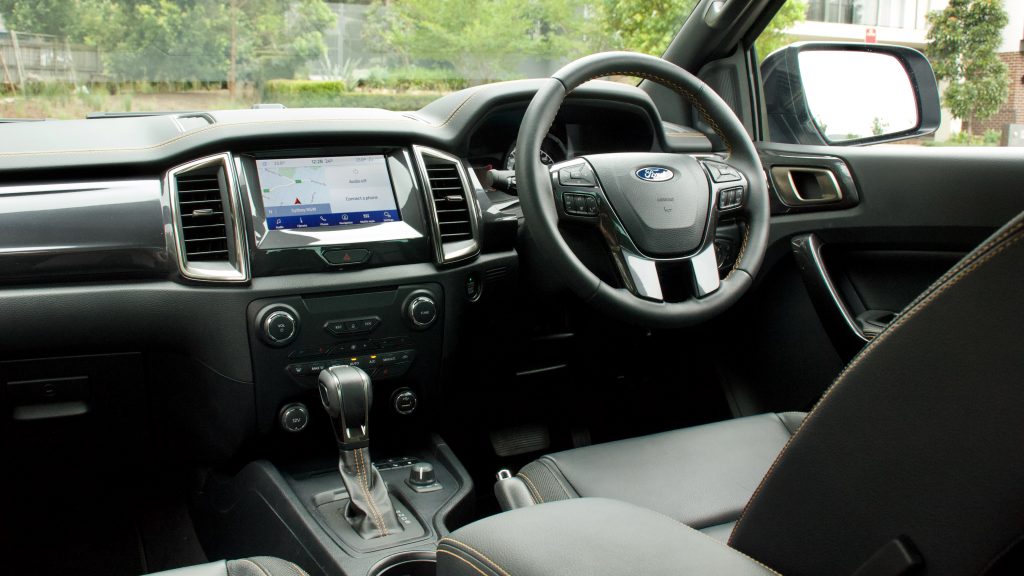
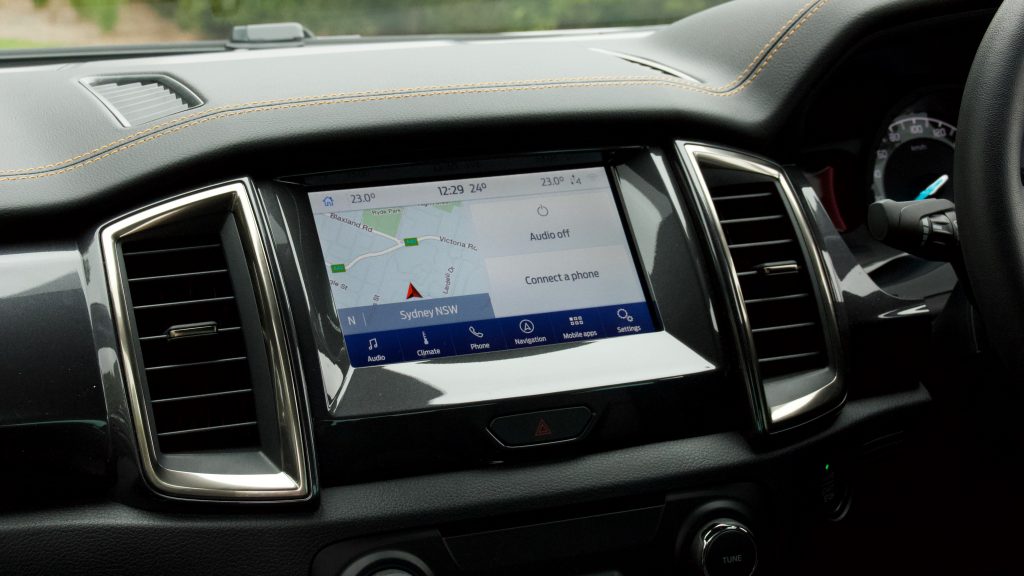
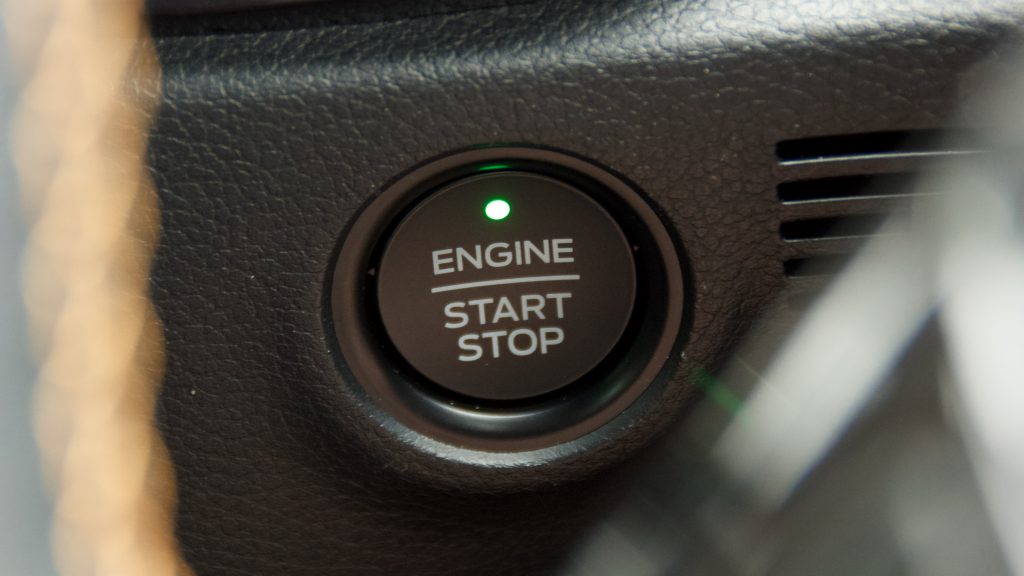
It’s a feature-packed centre screen comes with Apple CarPlay and Android Auto, inbuilt satellite navigation with live traffic reporting and digital radio. The screen quality is good, it’s quick to learn the system and reversing camera is clear as well – and unlike the D-Max, its headlights don’t trigger the screen dimming. We just wish the trip computer in front of the driver was as easy to use, though. The steering wheel is made from nice quality leather, though the steering wheel controls are a bit complicated.
It’s a reasonably practical cabin as well with medium-sized door bins, a large glovebox, a large centre armrest box and good-sized cupholders – though no wireless phone charger, no tray for phones and no dashboard-mounted cubby spaces unlike the D-Max.
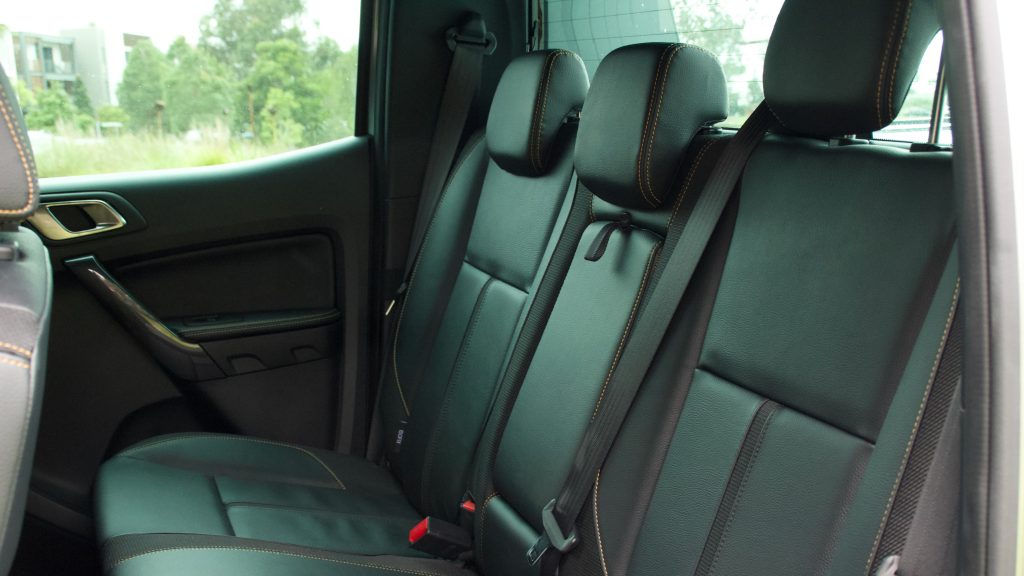
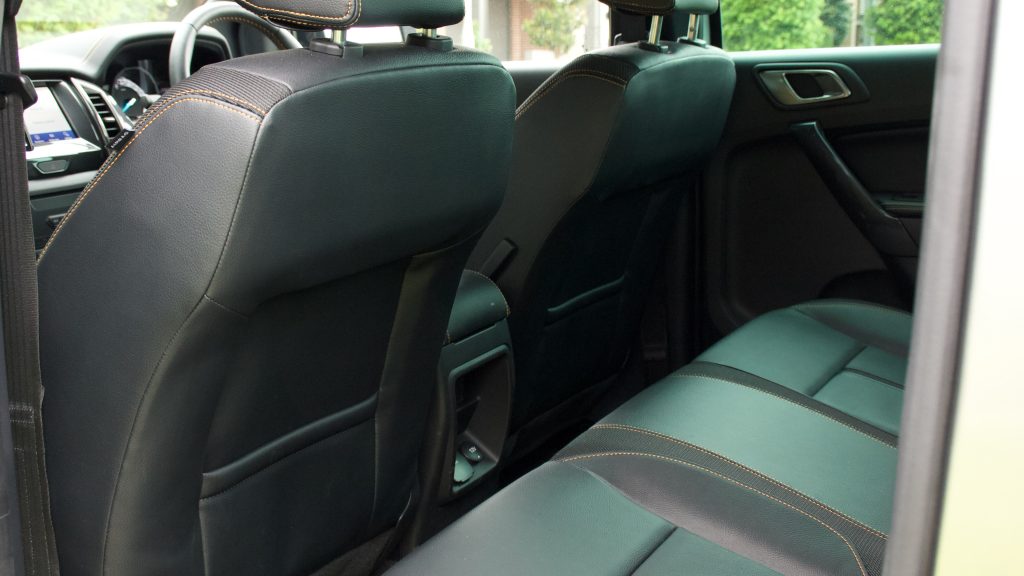
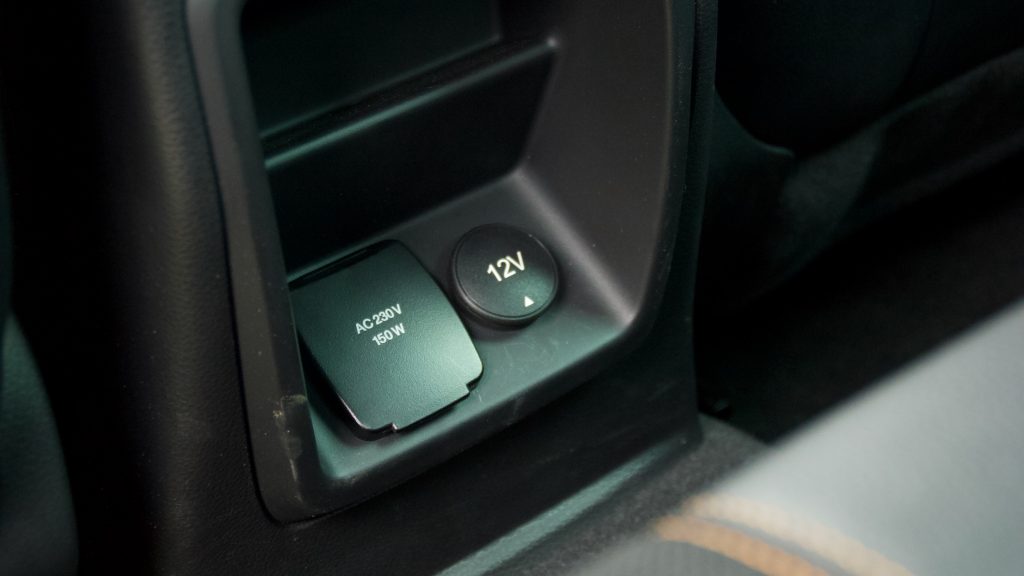
For humans, the Ranger’s cabin is very comfortable, especially in the front cabin with ample seat and steering wheel adjustment. The rear seat is a touch cramped though, with little legroom for six-footers sitting behind themselves, though headroom is fine. The seat bench is a tad flat, even if it is perfectly comfortable on shorter trips. The rear cabin also features split-folding seats, bottle holders in the doors and a 12V socket in the centre console, though no newer USB ports and no vents either, which is important for families – both the HiLux and D-Max fit the latter.
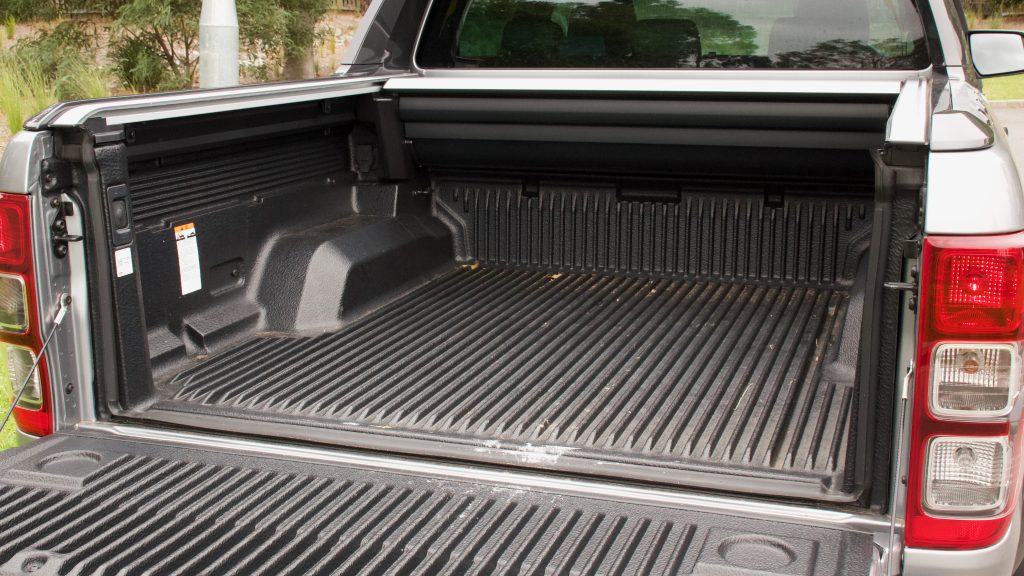
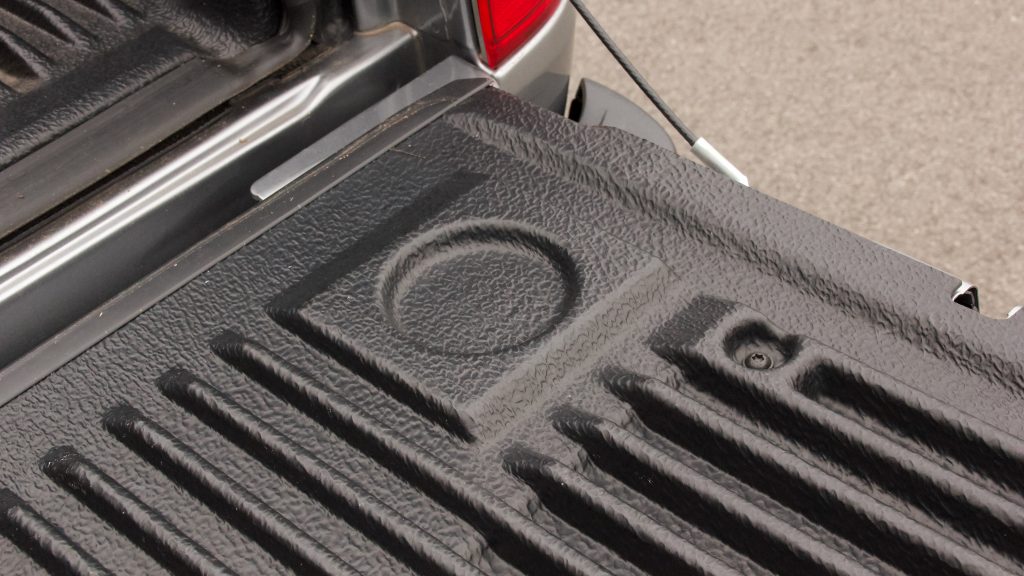
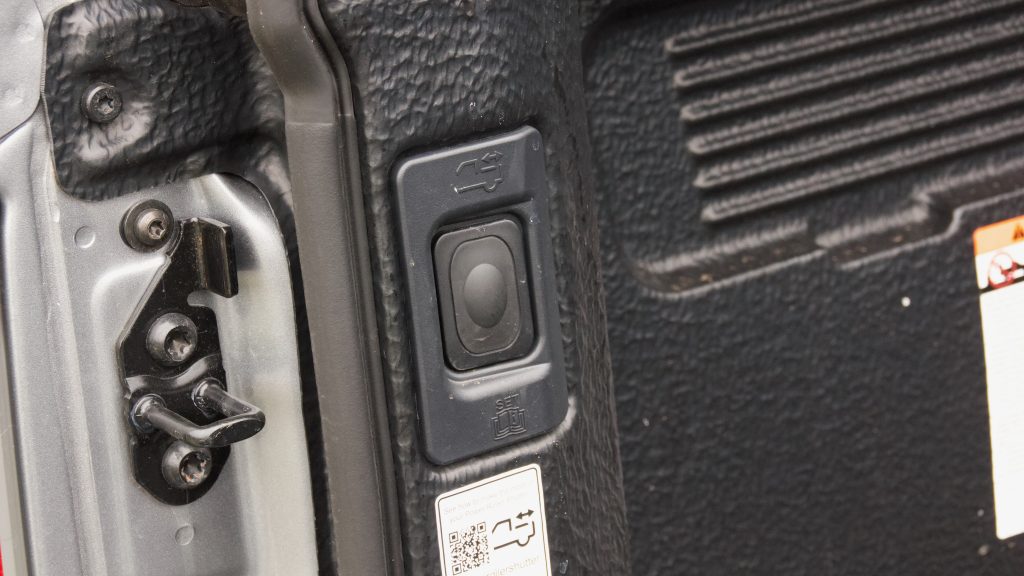
The tray of the 2021 Ford Ranger Wildtrak X is well-featured as well, with four tie-down points, a 12V socket, a tub liner and an electric-rolling shutter cover. It measures 1,549mm long, 1,560mm wide (1,139mm wide at the wheel arches) and 511mm deep – like the D-Max X-Terrain’s 1,570mm length, 1,530mm/1,132mm width and 490mm depth.
Service & Warranty: 9/10
Like other Ford products in Australia, the 2021 Ford Ranger Wildtrak X comes with a five-year/unlimited km warranty with a year of roadside assistance that’s topped up by 12 months with each scheduled service up to seven years in total. The Ranger also features lifetime capped price servicing with the first five years/75,000km of servicing totals a cheap $1,586 ($317 per year). The Ranger features 15,000km/12-month service intervals.
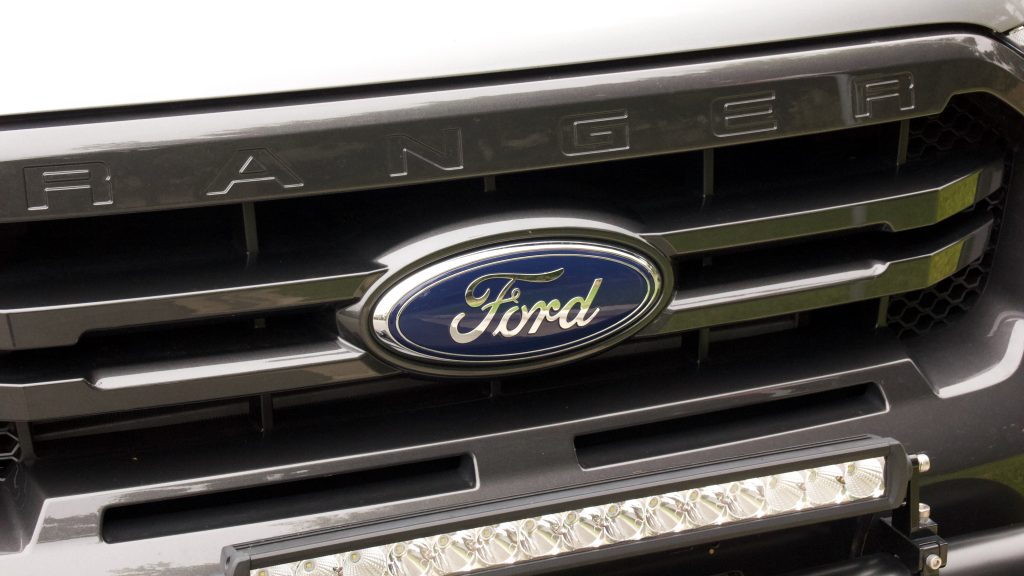
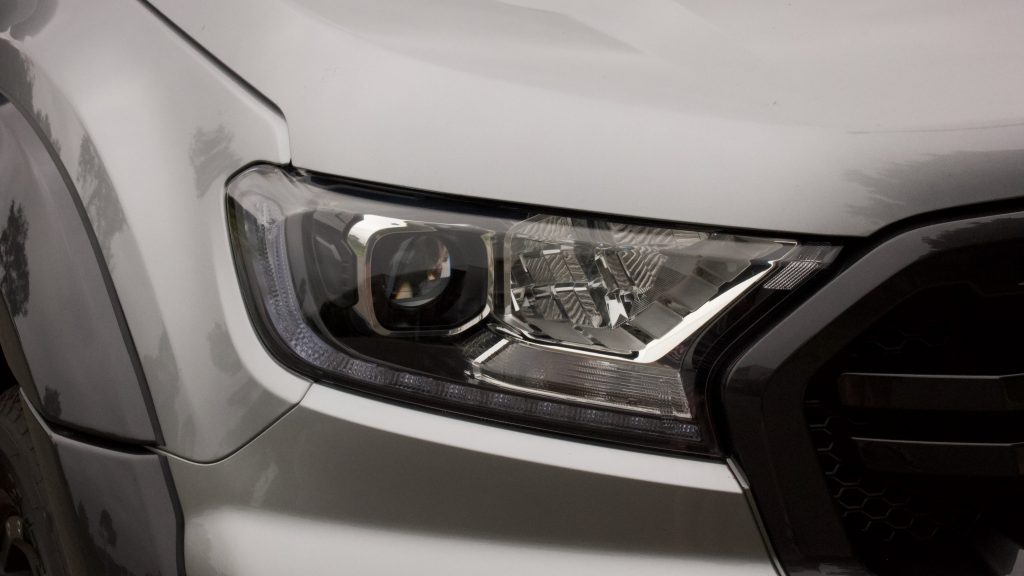
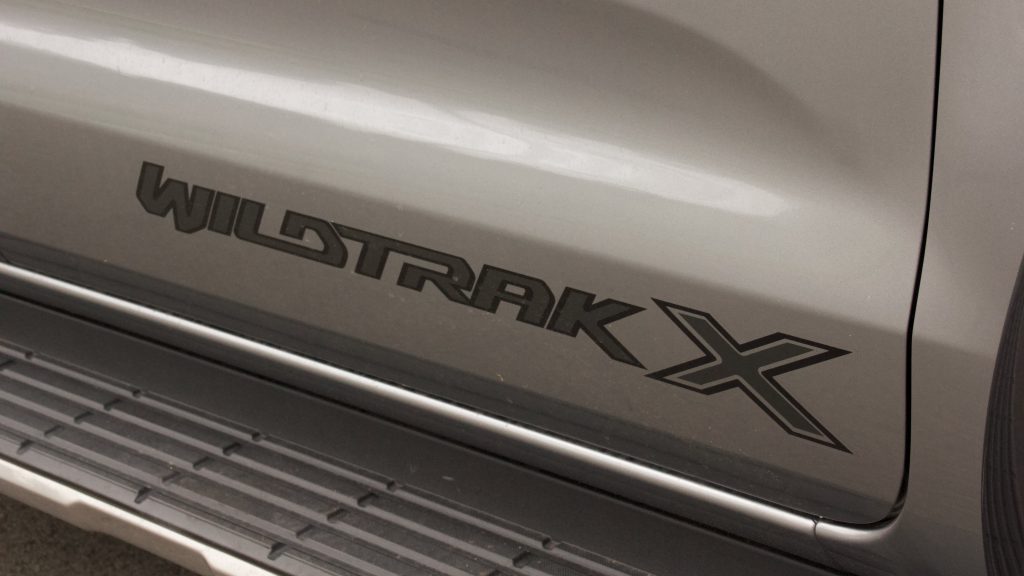
Compared with the D-Max X-Terrain and the HiLux Rogue, the Ranger is cheap to service – the D-Max is $2,215 over the same time period ($443 each year) and the HiLux is $1,846 ($370). The Isuzu features a six-year warranty with seven years of roadside assist with 15,000km/12-month intervals, while the HiLux features a five year/unlimited km warranty with no roadside assist and shorter 10,000km/six-month service intervals.
The 2021 Ford Ranger Wildtrak X DiscoverAuto Rating: 8.2/10
Despite its age, it’s clear that the 2021 Ford Ranger Wildtrak X was brilliantly developed by a team of talented Aussie engineers as on the road, it’s a revelation in the ute class. Its ride and handling shades other utes – even the brand-new Isuzu D-Max – while its new 2.0-litre twin-turbo diesel and 10-speed automatic transmission drivetrain combination is both grunty and yet also efficient. Its cabin was the best quality in the segment until recently – though it’s still excellent for the segment – and its aftersales credentials are also excellent with cheap servicing and a long warranty.
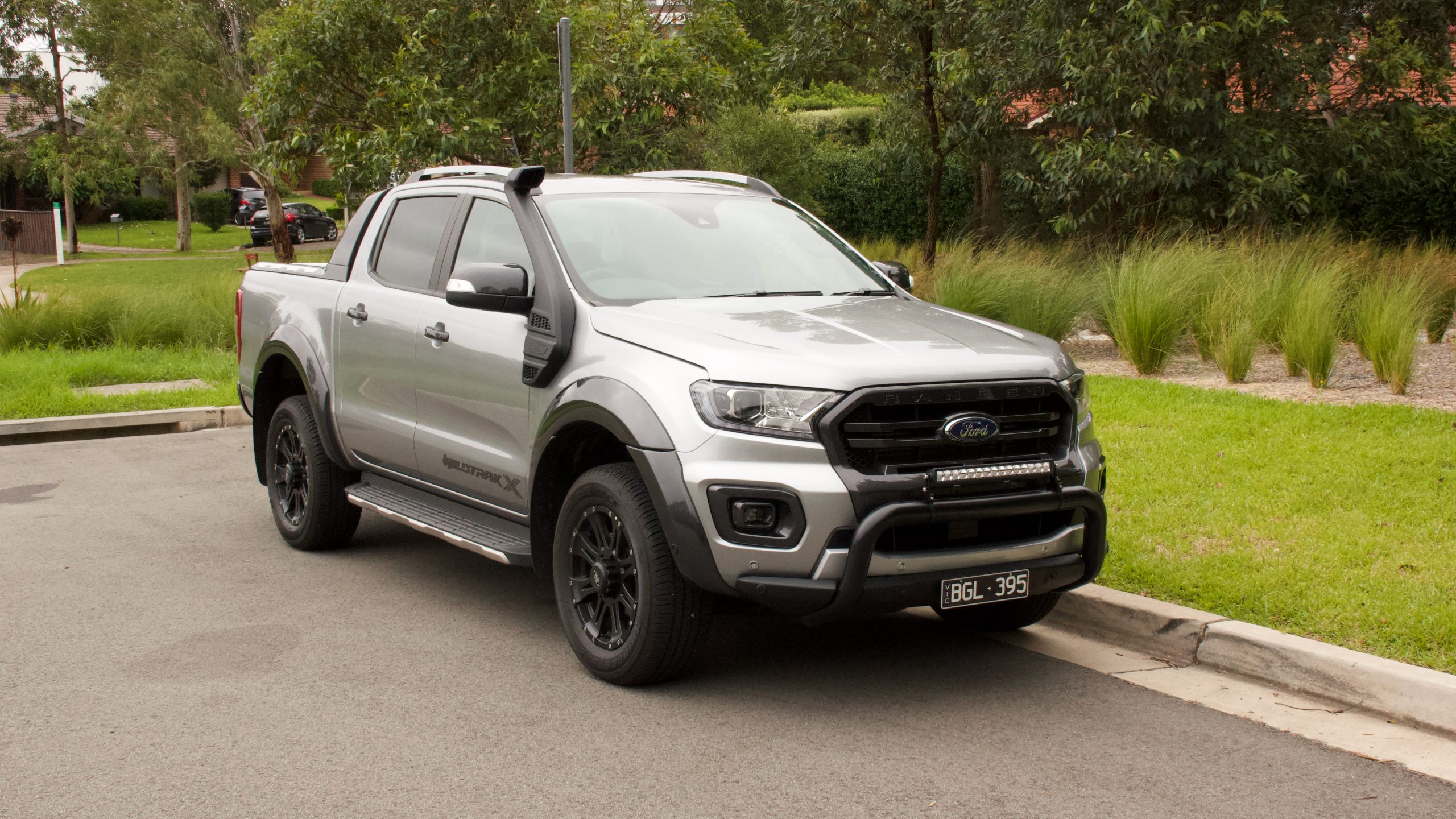
It’s not perfect, however. It’s expensive to buy – though, unbelievably still better value than the HiLux Rogue – and because of that, we think the lower-spec XLT would be a better purchase, though with this engine, it’s still a $67,000 purchase – a top-spec D-Max would be $7,000 cheaper and better equipped. And while we like the new 2.0-litre twin-turbo diesel engine, the V6 diesel in the Volkswagen Amarok is still a better performer. But these don’t take much away from the overall shine of the Ford Ranger. It is an excellent all-rounder, doing many things exceptionally well meaning that it’s no wonder that it outsells every other Ford product locally combined: it’s an excellent ute.
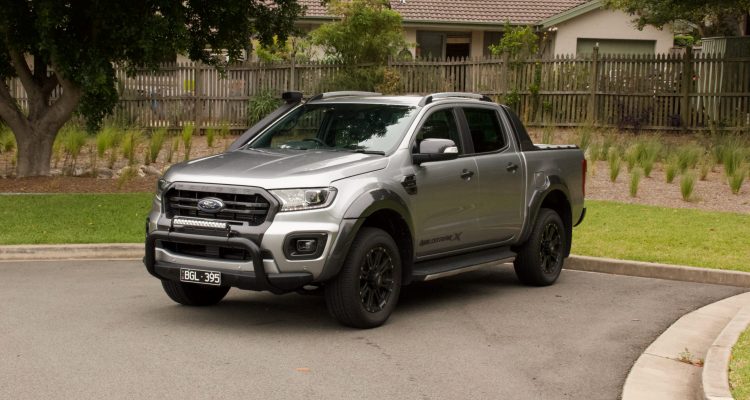
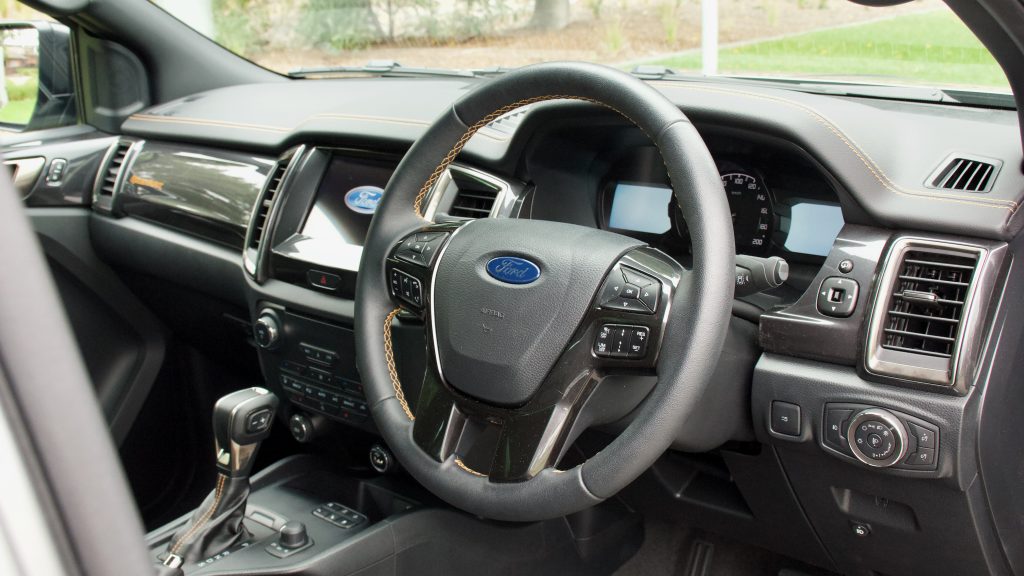
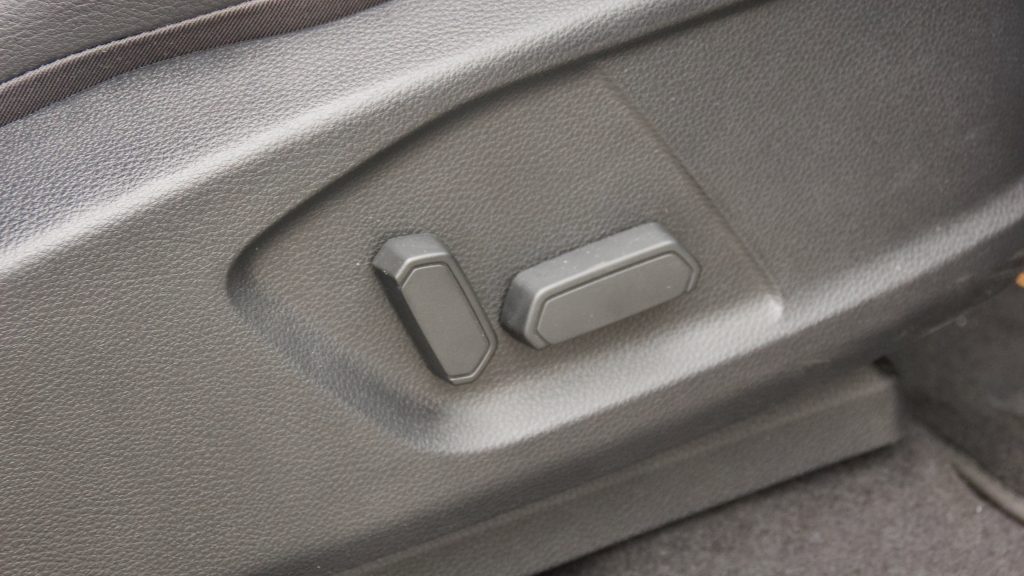
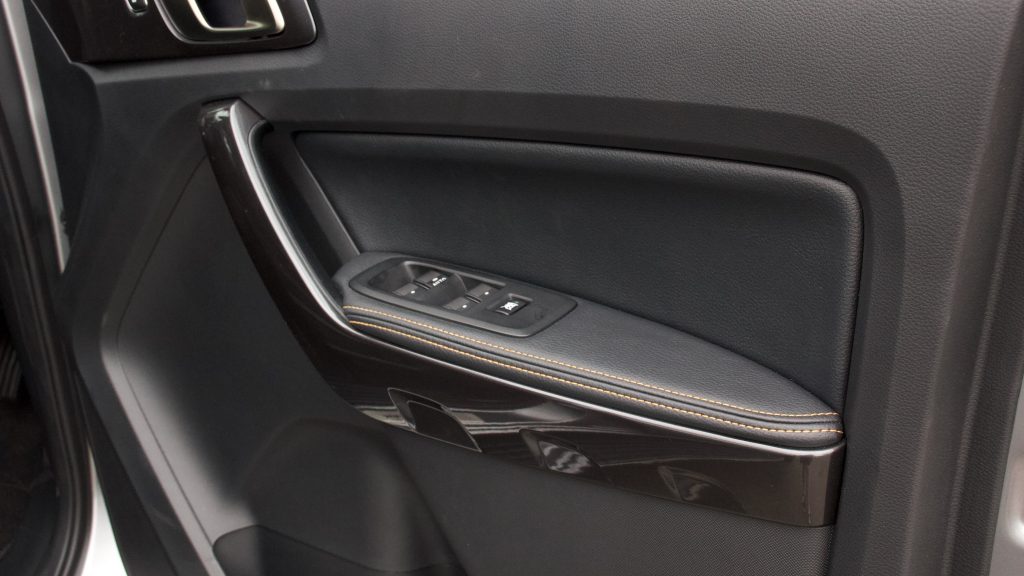
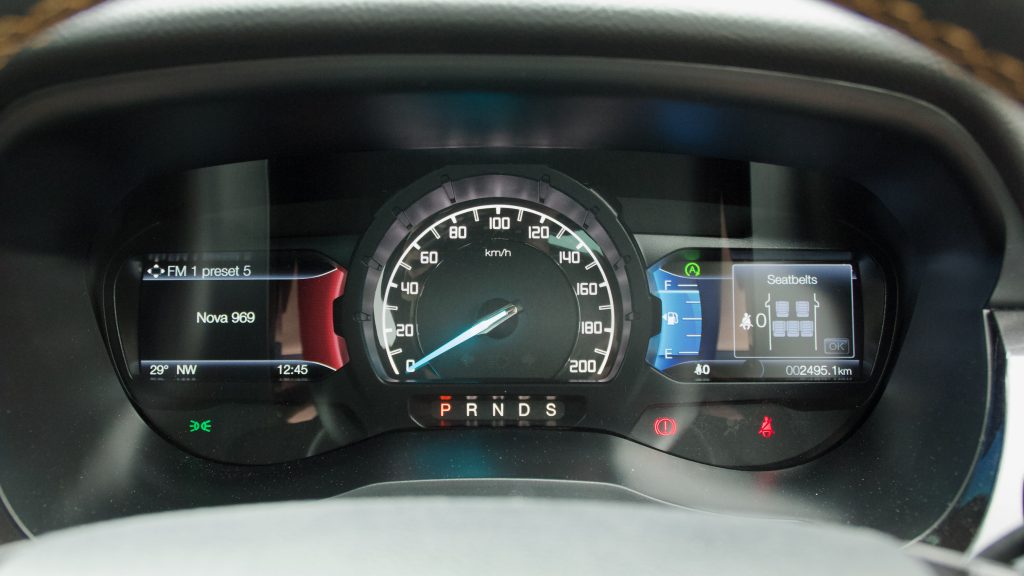
[…] 2021 Ford Everest, much like the Ford Ranger, is a true-blue, home grown Aussie hero. Engineered in Melbourne and built in Thailand, the 2021 […]